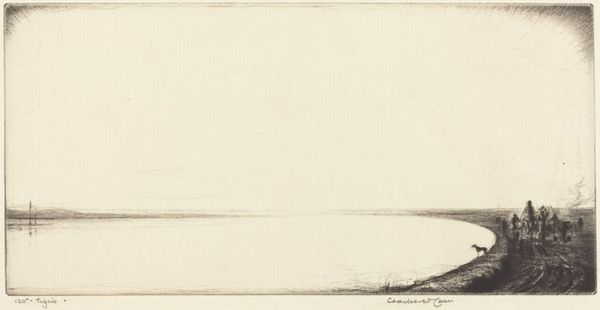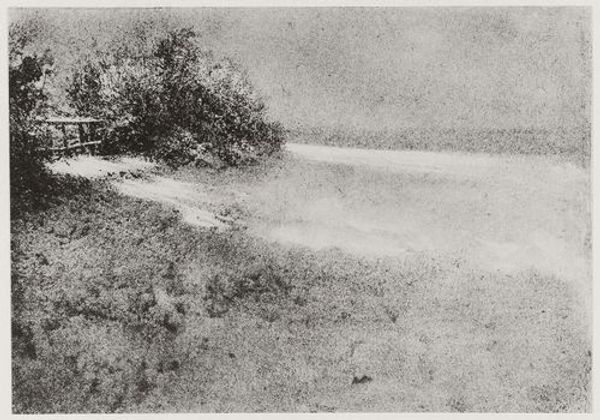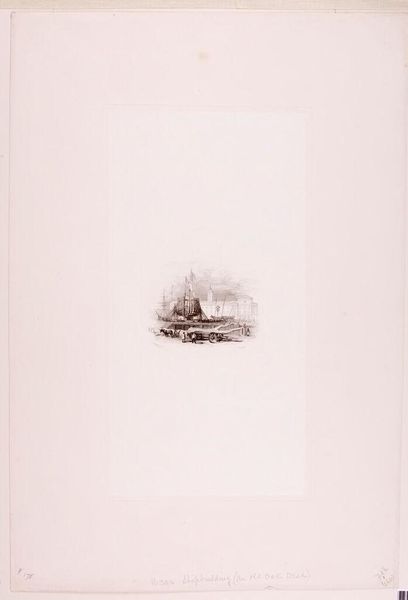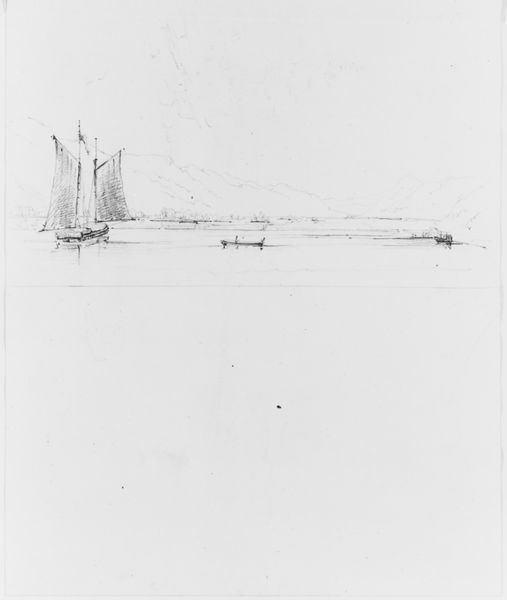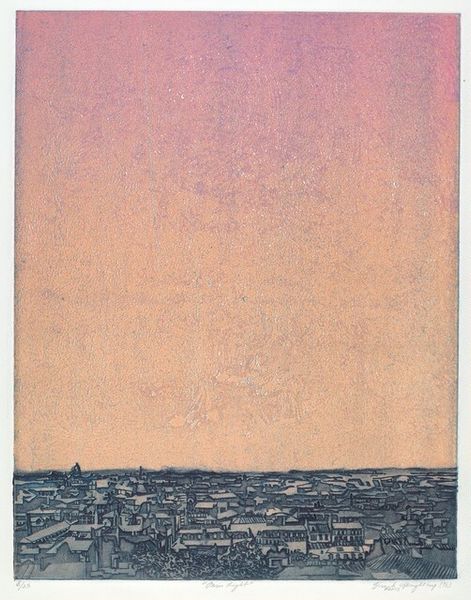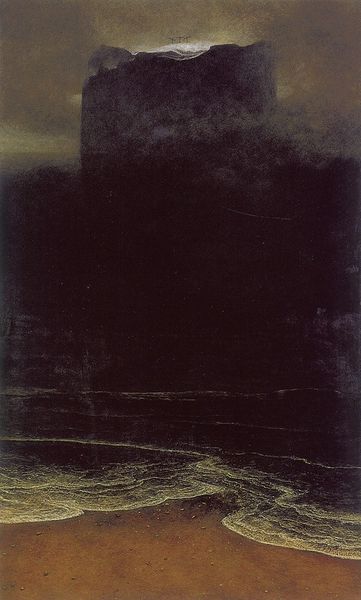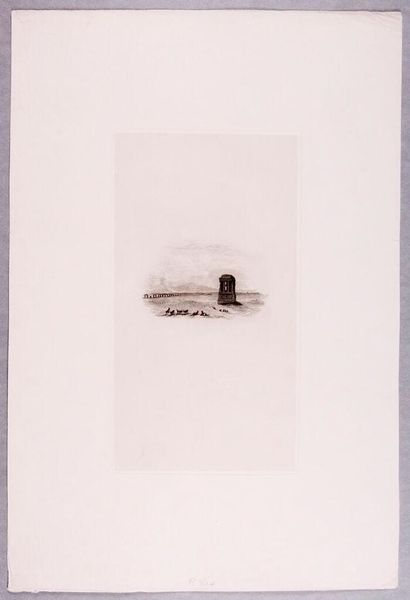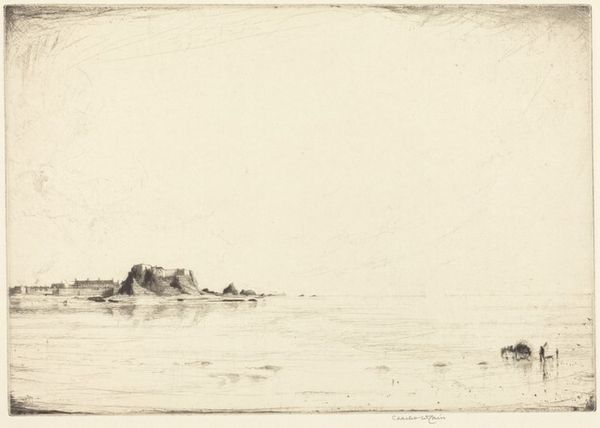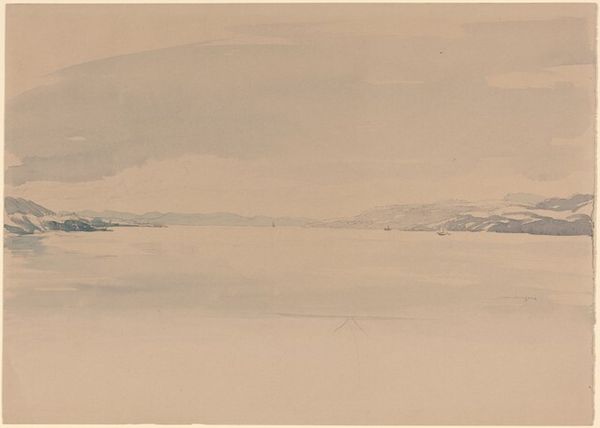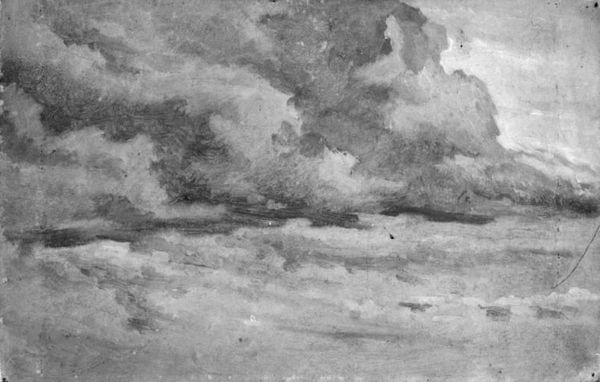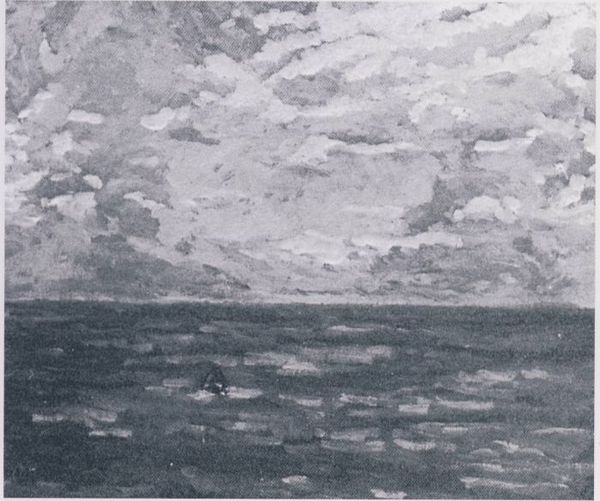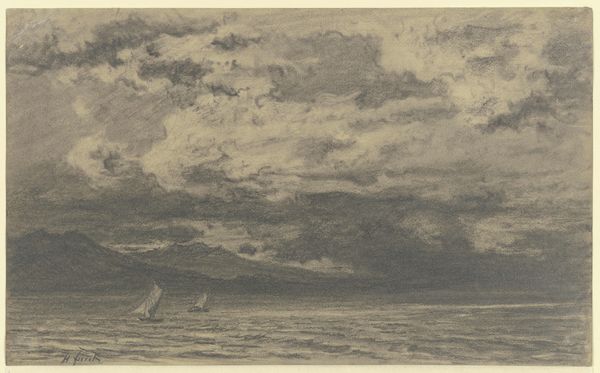
print, etching
# print
#
etching
#
landscape
#
modernism
#
realism
Dimensions: image: 37 × 27.4 cm (14 9/16 × 10 13/16 in.) sheet: 46 × 35.3 cm (18 1/8 × 13 7/8 in.)
Copyright: National Gallery of Art: CC0 1.0
Albert W. Barker's "The Fertile Earth" presents us with an expansive field under a vast sky. The ordered rows of crops evoke the ancient symbol of agriculture, which is the foundation of civilization. Since the dawn of time, the motif of cultivation has been linked to both sustenance and spirituality. Think of the Egyptian goddess Isis, often depicted with sheaves of wheat, embodying fertility and life, or Demeter in ancient Greece. These symbols are not merely agrarian; they are deeply connected to our collective memory, evoking the cycle of life, death, and rebirth. The solitary house in the distance adds an element of human presence. Like a promise of harvest, it represents a link between mankind and the natural world. From the earliest cave paintings to modern art, such symbols tap into a primal part of our psyche, reminding us of our dependence on the land and its bounty. It is a cycle that repeats, evolves, and echoes through our shared human experience.
Comments
No comments
Be the first to comment and join the conversation on the ultimate creative platform.
